Unique Raspberry Wild Rose Petal Jam – Made Just For Cheese
Views: 93
Do you want a jam that isn’t just a sweet and uneventful wallpaper for your morning toast? Meet your new obsession: raspberry wild rose petal jam with Timut pepper.
This is no ordinary jam. It’s a unique jam, an unusual jam, a creative jam that was designed to hang out on your cheese board, looking gorgeous and tasting even better.
Feel free to skip straight to the recipe, or hang out a bit for some handy tips, ingredient recommendations, and tricks to make this jam truly exceptional. Promise, no grandma stories here!
We first spotted a jar of raspberry wild rose petal jam at a friend’s holiday table. It came from Can Bech, a jam maker from Costa Brava, Spain. This family-run business proudly makes jams using traditional methods and recipes developed in the kitchen of their old family restaurant.
At first bite, their jam felt floral, punchy, and carried just the right zing from the Sichuan peppers. It was the kind of jam that made us question every boring supermarket jar we’d ever bought and every “classic” raspberry jam we’d ever made.
However, when we peeked at the ingredient list, our hearts did a dramatic Latin telenovela gasp. The raspberry content sat at a shocking 2.4%, and the rose petals only made up a meagre 0.6%. The first on the list was water followed by sugar and “natural rose flavoring”. Honestly, “natural flavoring” sounds more at home in a body spray than in a jam jar.
No offence, Can Bech (we love you!), but we knew we could do better at home. So, we did! This jam is a proof. Hope you will enjoy it as much as we do.
Is Using Rose Petals in Jam Even a Thing?
We concede, using rose petals in jam sounds unusual or even a bit fairy-tale-ish. But, it’s actually a very old and respected tradition in many parts of the world.
These are just some of the countries where it has been done for ages:
- Middle Eastern and Persian cuisine — Rose petal jam (morabba-ye gol) is considered a classic in Iran. It’s used as a luxurious spread on bread, or to flavor yogurt and pastries.
- Turkish cuisine — Gül reçeli (rose jam) is famous. You’ll find it served at breakfast, drizzled over cheese or pastries.
- Indian sweets — Rose petals (and rose water) flavor many jams, jellies, and sweets like gulkand (a rose petal preserve).
- French confitures — Artisanal jam makers in France sometimes include rose petals or rose water in berry jams to add a floral high note.

Using Roses in Jams: Tips and Tricks
Culinary history aside, rose petals add a unique, subtle, perfume-like layer that makes fruity jams more complex and memorable. Instead of being just “sweet,” the jam tastes bright, floral, and a bit mysterious.
But, before you run outside and start tearing petals off random bushes, here’s what you need to know:
- Choose fragrant roses only. If they don’t smell like roses, they won’t taste like roses.
- Use untreated petals. No pesticides, no sprays, no chemical surprises.
- Clean them well. Gently rinse and pat dry rose petal to remove bugs or dust.
A Case for Wild Rose Petals

It might surprise you, but store-bought roses (the ones your cousin Brad might awkwardly buy on Valentine’s) are usually grown for looks, not flavor. Plus, they’re usually heavily sprayed with pesticides, fungicides, and who-knows-what else to keep them looking flawless during their cross-country journey in refrigerated trucks. Even if you wash them, those chemicals can hang around. and that’s not something you want in your jam. Plus, store-bought roses often don’t have much aroma or taste and won’t do much for your jam.
Timut Pepper vs. Sichuan Pepper: What’s the deal?
You might notice that the original Can Bech jam from Spain uses Sichuan pepper, while our raspberry wild rose petal jam recipe calls for Timut pepper. If you are wondering how these two are different or the same, we’ve got just the answer:
Similarities
- Both Timut and Sichuan peppers are not true “peppercorns” like black pepper. Instead, they come from the prickly ash plant family (Zanthoxylum genus).
- Both bring that signature tongue-tingling, slightly numbing sensation known as má. It is the same magical feeling you get when your mouth feels a bit buzzy and bright.
- Both have a citrusy edge, making them perfect for balancing sweet jams and adding unexpected depth to creative jam recipes.
Differences
- Sichuan pepper (often used in Chinese cuisine) has a more straightforward earthy, woody, and lemony flavor. It’s sharper and usually more intense on the numbing front.
- Timut pepper (from Nepal) is like the playful, fragrant sibling. It has a bold grapefruit-like aroma, hints of passionfruit, and a lighter, more floral citrus vibe.
How We Reduced Sugar and Still Kept This Jam Shelf Stable
When it comes to canning, shelf stability is a delicate dance between sugar, acid, and heat. Traditional jam recipes usually lean hard on sugar, often a staggering 1:1 ratio of fruit to sugar by weight. That’s enough to make your dentist schedule an emergency appointment.
In fact, most standard jams clock in at about 60% sugar by weight to ensure safety and proper set. However, the absolute minimum generally accepted for safe preservation is around 40% sugar content. Go below that, and you’re wading into sketchy territory, unless you compensate with acidity.
In this recipe, we’ve slashed the sugar in half compared to old-school formulas. Because we remove the seeds and briefly cook the fruit before straining, the natural sugars become more concentrated, and the overall fruit weight is reduced. Consequently, you don’t need as much added sugar to reach a safe final sugar percentage.
Additionally, we’re using low-methoxyl pectin (in our case Pomona’s, but you can you use any other brand), which is a total game changer. It’s designed to set beautifully with much less sugar than traditional pectin.
Cheese Pairing for This Unusual Raspberry Jam
If you think cheese boards are just cheddar and crackers, think again. Pairing unusual jams with cheese makes your board unforgettable.
This is where our raspberry rose petals jam really shines:
- Fresh ricotta or cottage cheese – Their mildness lets the jam’s floral brightness lead.
- Feta or goat cheese – The salty tang of both of these cheeses meets sweet-floral magic of the raspberry wild rose petal jam.
- Brie or triple-cream cheeses. – The creaminess loves a bright, seedless jam swirl. Not our favorite but a bunch of our friends love this combination.
How to Make Seedless Raspberry Jam – Step-by-Step









Raspberry Rose Petals Jam
Ingredients
- 4 lbs. raspberries (fresh is best) 1800g
- 2 lb. sugar 910 g.
- 2 oz. rose petals 57 g. about 3 cups loosely packed
- 1/3 cup lemon juice 80 ml.
- 1 ½ teaspoon timut pepper or to taste
- 1 teaspoon Low-Methoxyl Pectin powder such as Pomona’s or use your favorite pectin but adjust quantity per manufacturer’s instructions
Instructions
Mix pectin with sugar (if using Low-Methoxyl pectin)
- In a small bowl, thoroughly mix the Pomona’s pectin powder with ½ cup (100 g) of the total sugar. Set aside. If you are not using low-methoxyl pectin follow instructions on the pectin packet you are using
Macerate raspberries
- In a wide, heavy-bottomed pot, combine the raspberries and the remaining sugar. Lightly mash the berries – just enough to get the juices flowing. Cover and let sit at room temp for at least 3 hours or preferably cold-macerate overnight or even up to two days. When you're ready, your berries should be sitting in a ruby-red puddle of syrup.
Cook and de-seed
- Bring the raspberry mixture to a boil. Let it simmer for 5 minutes, then remove from the heat.
- Carefully push the mixture through a fine-mesh sieve or food mill to remove the seeds. Return the smooth pulp and juice to the pot.
Add lemon, rose petals, and pepper
- Stir in the lemon juice, rose petals, and Timut pepper. Bring the mixture to a steady boil, and skim off any white foam that rises to the top. Simmer for about 10–15 minutes to allow the rose petals to soften and infuse the jam.
Add pectin-sugar mix
- Slowly stir in the reserved sugar-pectin mixture, stirring constantly to prevent clumps. Bring the jam to a full rolling boil. Boil for additional 5 full minutes.
Check the set
- Do the chilled plate test: spoon a bit of jam onto a cold plate, wait 30 seconds, and push it with your finger. If it wrinkles, it’s ready. If not, boil for another 2–5 minutes and test again.
Jar and process
- Ladle hot jam into sterilized jars, leaving ¼-inch headspace. Wipe rims, apply lids and rings (finger-tight), and process in a water bath or steam canner – see table below.
Notes
Processing time guidelines for hot water bath or atmospheric steam canners
Style of Pack: Hot| Process Time at Elevations of: | |||
| Jar Size | 0 – 1,000 ft | 1,001 – 6,000 ft | Above 6,000 ft |
| 1/2 Pint (8 oz, ~250 ml) | 5 min | 10 min | 15 min |
Make a batch! Then come back and tell us how this preserve recipe worked out for you. Leave us a comment below, write us, like us on X, Facebook, Pinterest, Instagram and Blue Sky. And remember, sharing is caring!
FAQ
Why Add Lemon Juice to Raspberry Jam
So, you are thinking: Do I really need lemon juice? The answer is a resounding yes — and here’s why.
For starters, it lowers the pH, which is crucial for safe canning. Basically, in reduced-sugar recipes like this one, lemon juice is critical to keep your jam shelf stable.
Additionally, it helps regular pectin do its magic and set the jam.
Plus, as a bonus, lemon juice brightens the natural flavor of the raspberries, lifts the floral notes from the rose petals, and ties everything together into one glorious, spoonable masterpiece.
What Does Loosely Packed Actually Mean?
When a recipe, like our raspberry wild rose petals jam recipe, calls for something loosely packed, it means you should fill the measuring cup without pressing down or squishing at all.
Basically, instead of jamming (pun intended) as many petals as possible into the cup, you want to let them fall naturally, like you’re gently showering confetti at a summer wedding.
Furthermore, you should absolutely resist the urge to press them down to “fit more”. Unlike brown sugar, which often calls for a firmly packed measure, rose petals should stay airy and fluffy so they don’t overpower the delicate flavor balance. After all, we’re going for an elegant jam for cheese, not a soap experiment gone wrong.
Finally, if you want to be truly precise, consider weighing your petals. This extra step guarantees that your raspberry rose petals jam turns out exactly as magical as promised.
Can I use Sichuan pepper instead?
Yes, you can! If you want to mirror the original Can Bech version, you absolutely can swap in Sichuan pepper. However, keep in mind:
- Your jam will have a deeper, earthier citrus note rather than the fragrant, grapefruit-like pop of Timut.
- The numbing sensation might be slightly stronger and more assertive.
How Else Can You Eat This Jam?
While this raspberry wild rose petal jam was made to show off next to cheeses, it’s way too good to stay stuck on the charcuterie board. Here are some other brilliant ways to use it:
- Slather it onto croissants, scones, or even crêpes. The floral raspberry combo turns basic carbs into bakery-level decadence. Bonus points if you add a swipe of mascarpone underneath.
- Use it between layers of vanilla or almond cake, or spoon it into a tart shell under whipped cream or white chocolate ganache. The seedless texture makes it perfect for elegant layering without any pesky lumps.
- Want to take your frosting from basic to ooooh what is THAT? Stir a few spoonfuls into cream cheese frosting, buttercream, or mascarpone for a subtle floral lift and that brilliant raspberry glow.
Got questions? Don’t be shy—leave us a comment or send us a message without ever leaving the blog! [Contact us here.]

- Curious about reusable jars? Want to save money and be eco-smart? We’ve got just the article for you!
- Not sure how to sterilize canning jars? Find the answer about “dos and don’ts” of canning jars sterilization.
You May also like:
-
How to Make Red Huckleberry Jam (Bilberry Jam Canning Recipe)
This red huckleberry jam is a love letter to mossy trails, summer mornings, and berry bounty. If you’ve never tried to make huckleberry jam, this is your sign. Get out… read more
-
Boozy & Spiced Seedless Raspberry Jam for Grown-Ups
Our raspberry jam breaks out of the mold. Seedless, low sugar, spiked with port and pepper, this is the jam that went rogue. It’s like that guest at a polite… read more
-
Make-Ahead Christmas Jam Recipe (Cranberry-Strawberry Jam)
You could wait until December to make your Christmas Jam. You could. But let’s be honest: December is full of burnt cookies, delayed packages, and half-wrapped gifts. You’ll be frazzled.… read more
-
Seedless Blackberry Jam With Honey And Fresh Sage
Love blackberries but can’t stand the seeds? Neither can we! That’s why we made our blackberry jam seedless! Not a fan of overly sugary jams? Same here! That’s why we… read more
-
Low Sugar Blackberry Blueberry Jelly
This blackberry blueberry jelly recipe is ridiculously easy! Crush berries with sugar. Simmer till juices release, then strain. Back to the pot with lemon and pectin. If you think there’s… read more
-
How To Make Blueberry Jelly Without Adding Water
Guess what? You don’t need water to make blueberry jelly! Blueberries are packed with natural juices that get released during cooking. It’s not difficult or complicated. You just need to… read more
-
How To Make And Can Blackcurrant Jostaberry Jelly
Are you handing out jostaberries to friends, neighbors, and coworkers because you don’t know what to do with them? Guess what? The reason people avoid you in the hallways is… read more
-
The Ultimate Berry Powerhouse: Blueberry Blackcurrant Jam Recipe
Unlock the ultimate berry powerhouse with our blueberry blackcurrant jam canning recipe! Perfect for beginners and seasoned canners alike, this easy-to-follow canning recipe ensures you capture the vibrant flavors of… read more
-
Low-sugar Blackcurrant Jam Recipe With Just Three Ingredients
Discover the magic of homemade low-sugar blackcurrant jam! With just blackcurrants, sugar, and pectin, you can create a delicious and healthy jam that’s also incredibly easy to make. Once you… read more
-
How To Make Reduced Sugar Blackcurrant Jelly Without Adding Water
Our blackcurrant jelly recipe skips the water and keeps the sugar in check for a healthier, tastier jelly. The best part? It’s super easy to make! But watch out! Once… read more
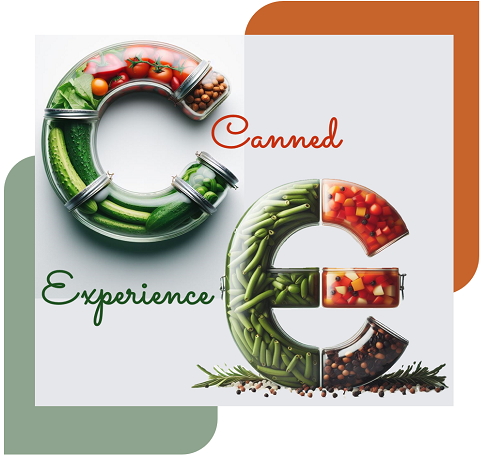
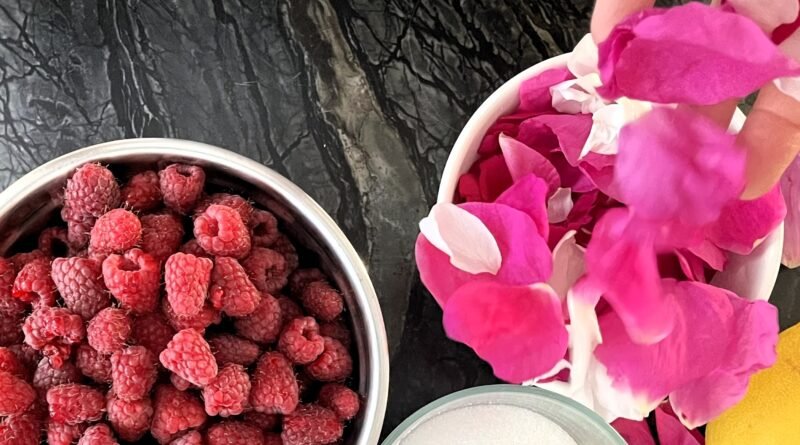
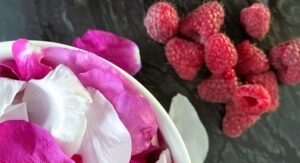
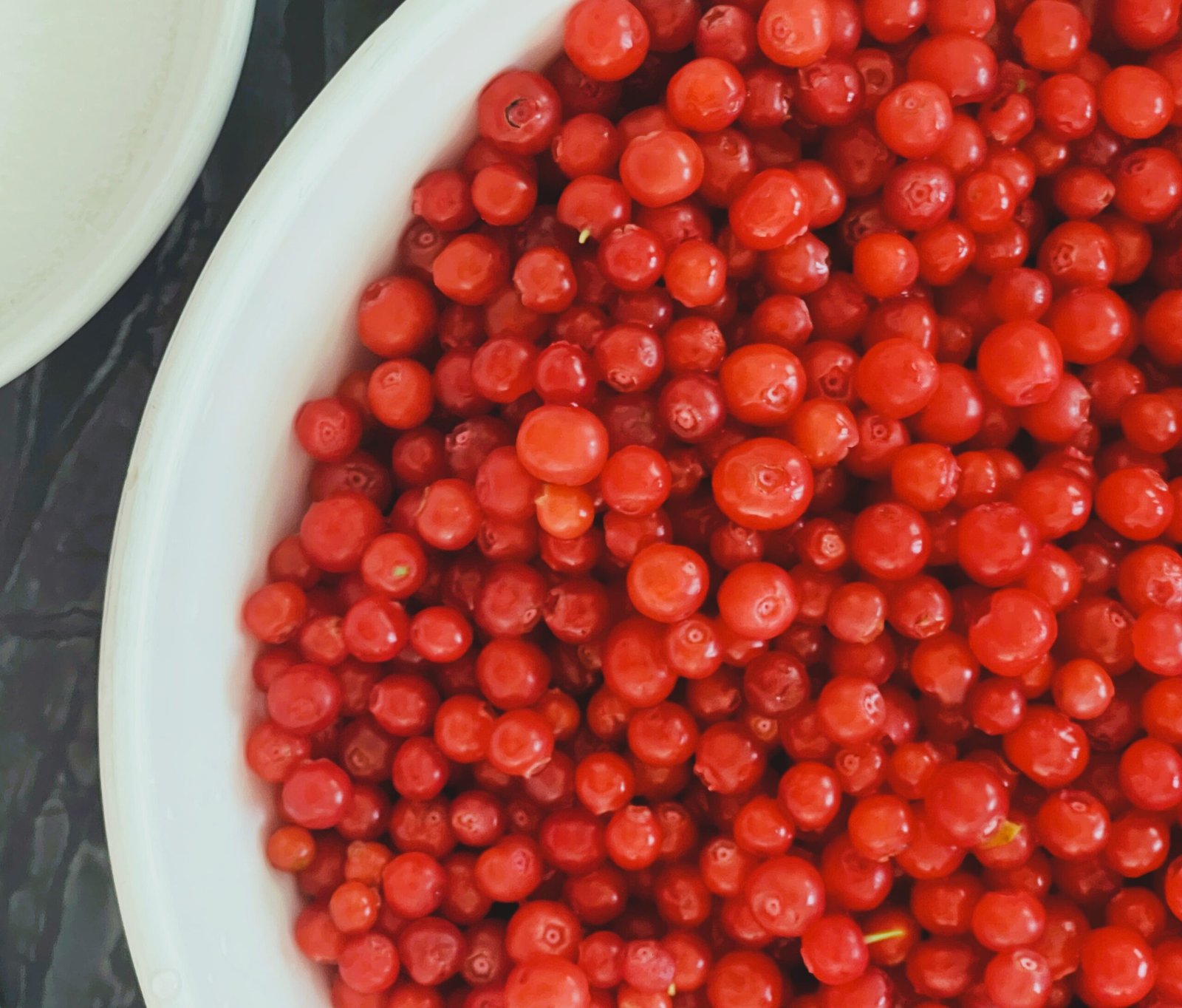
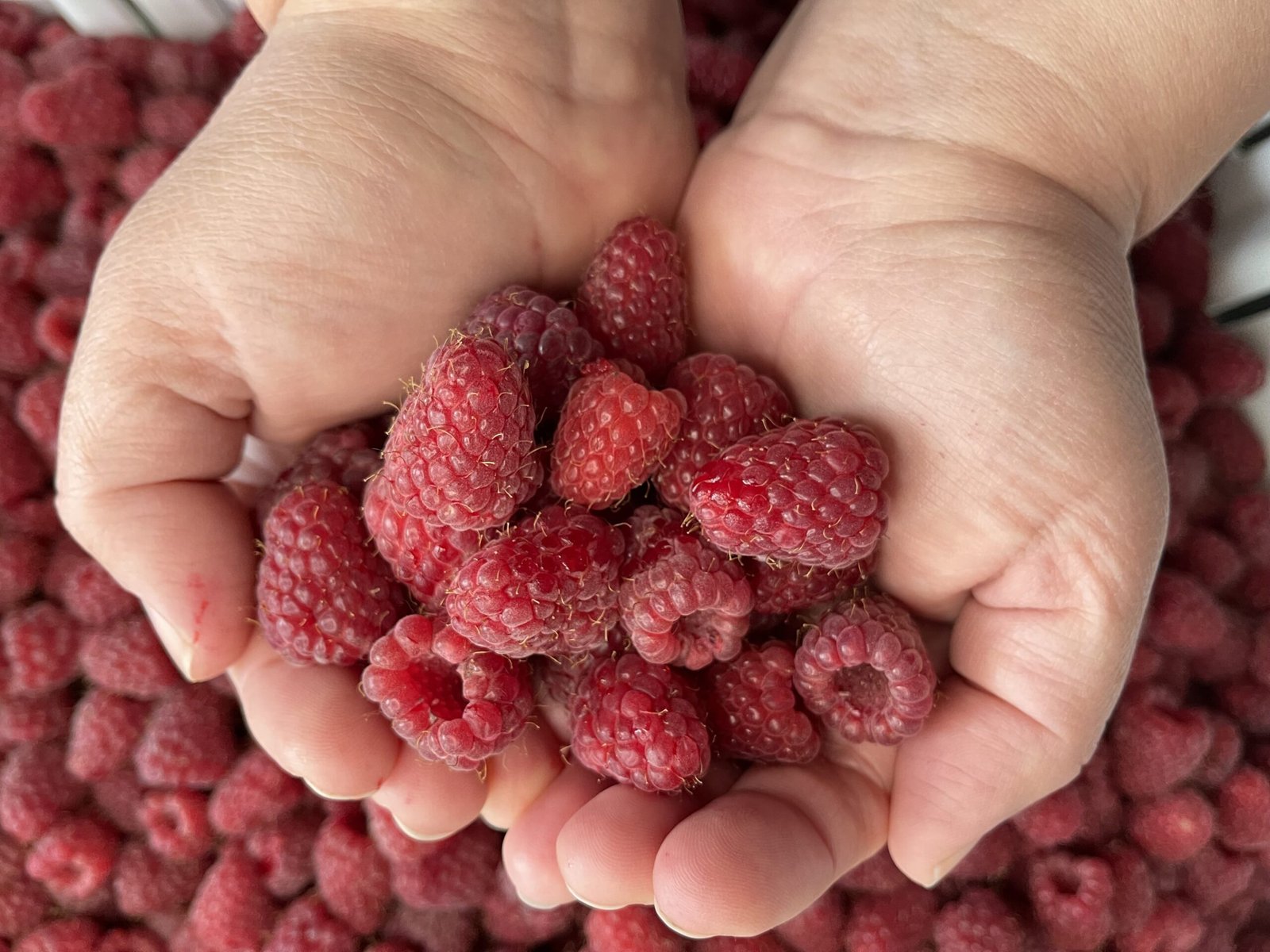

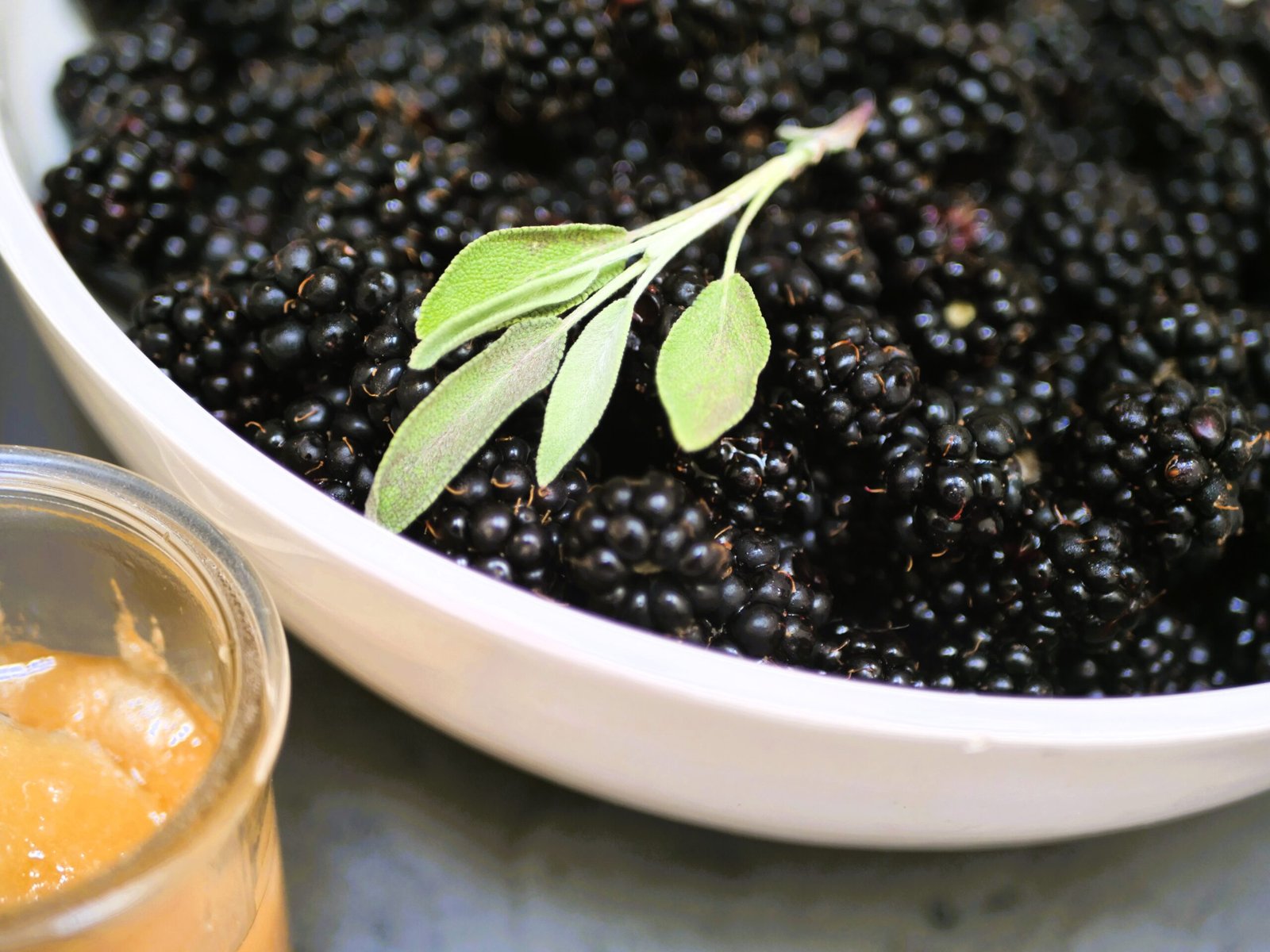
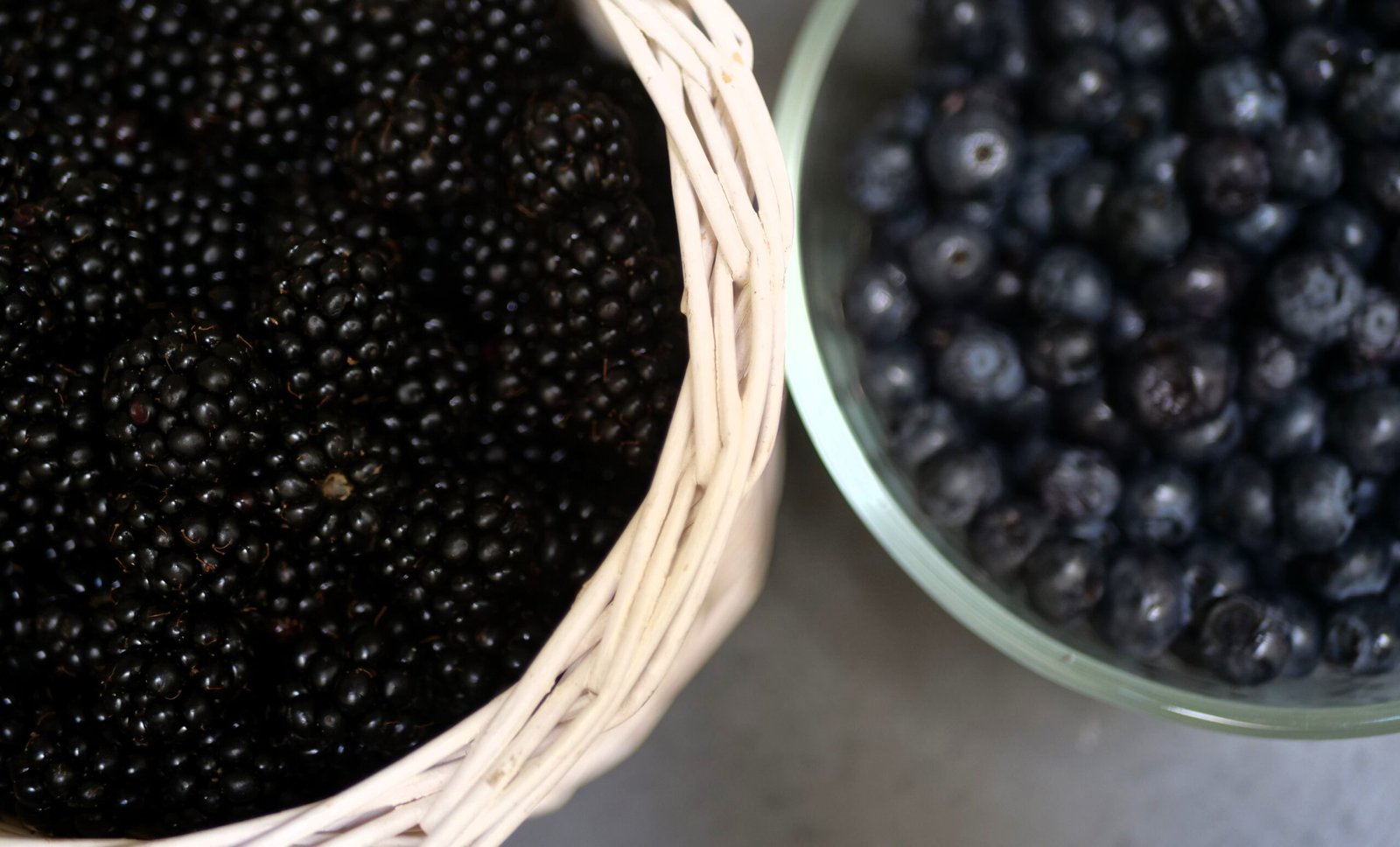

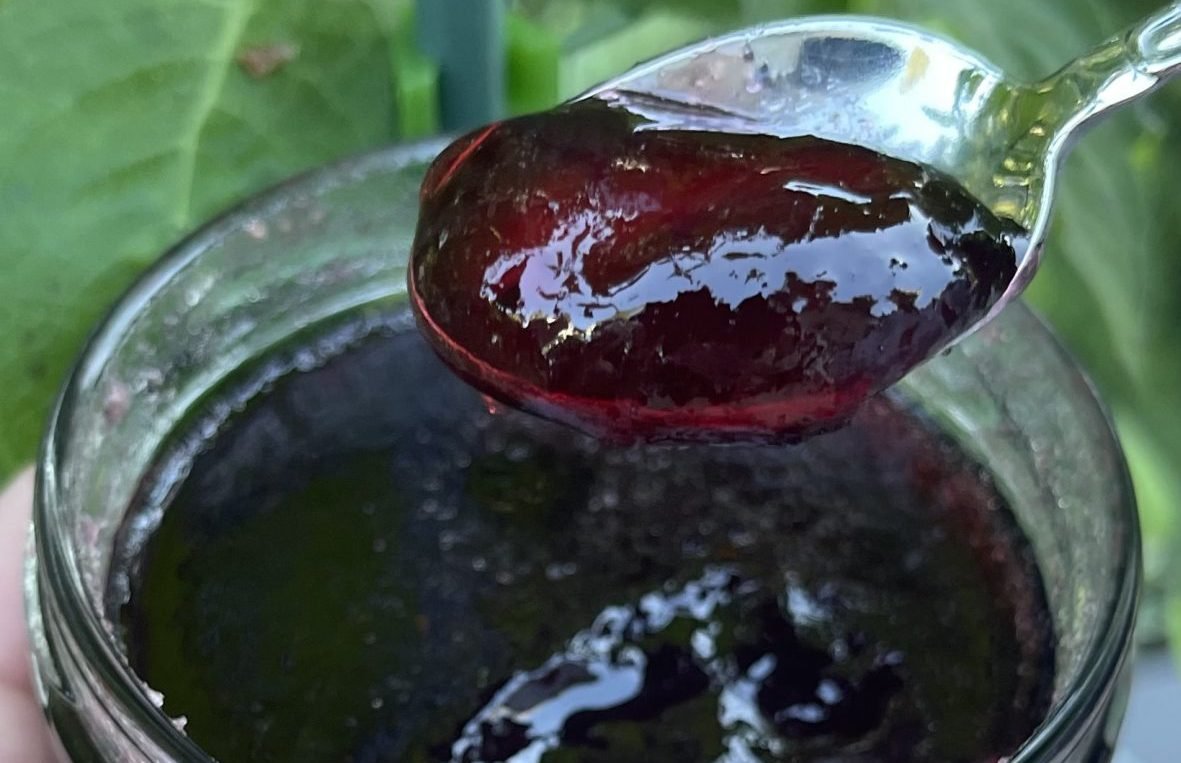
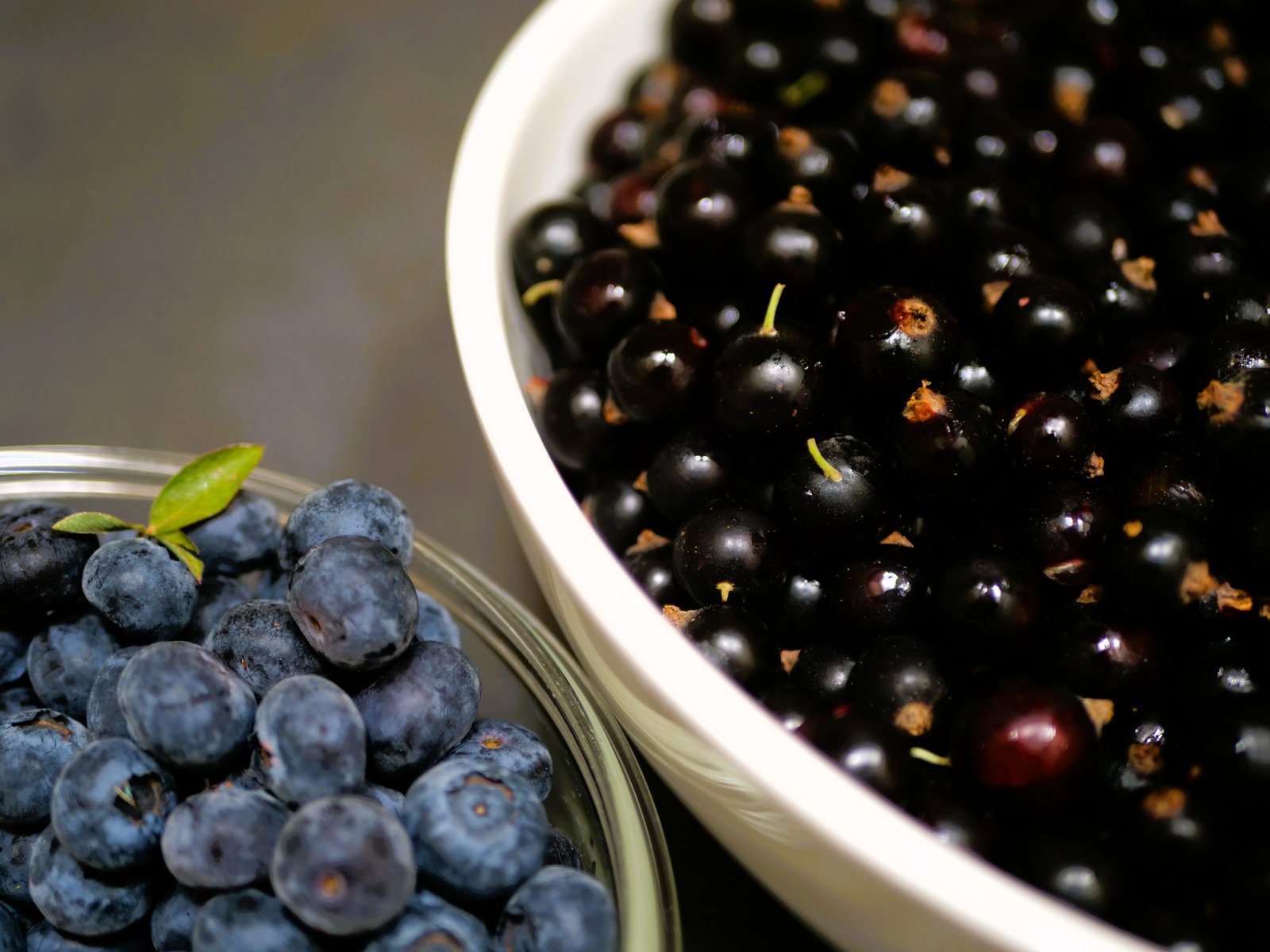
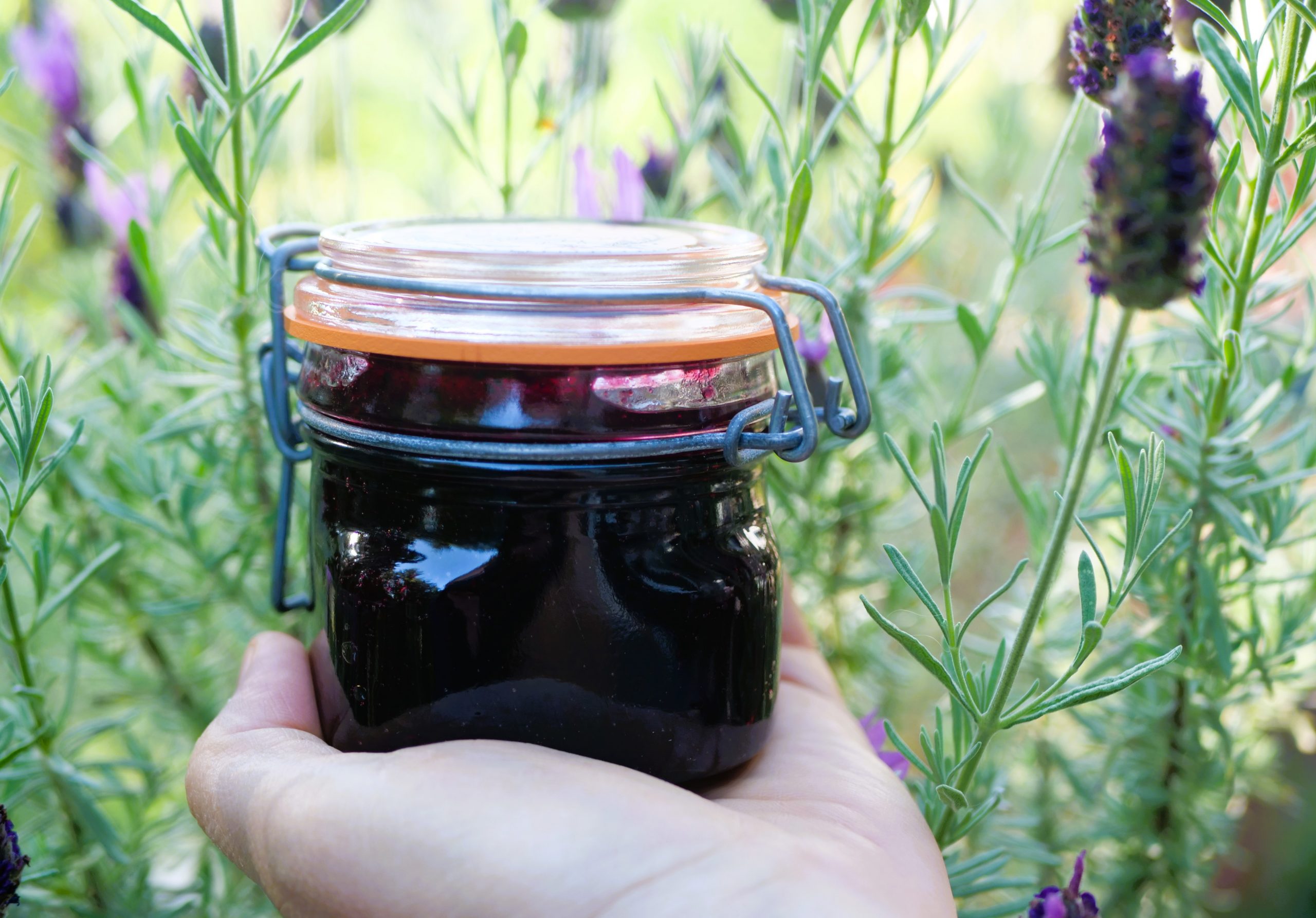
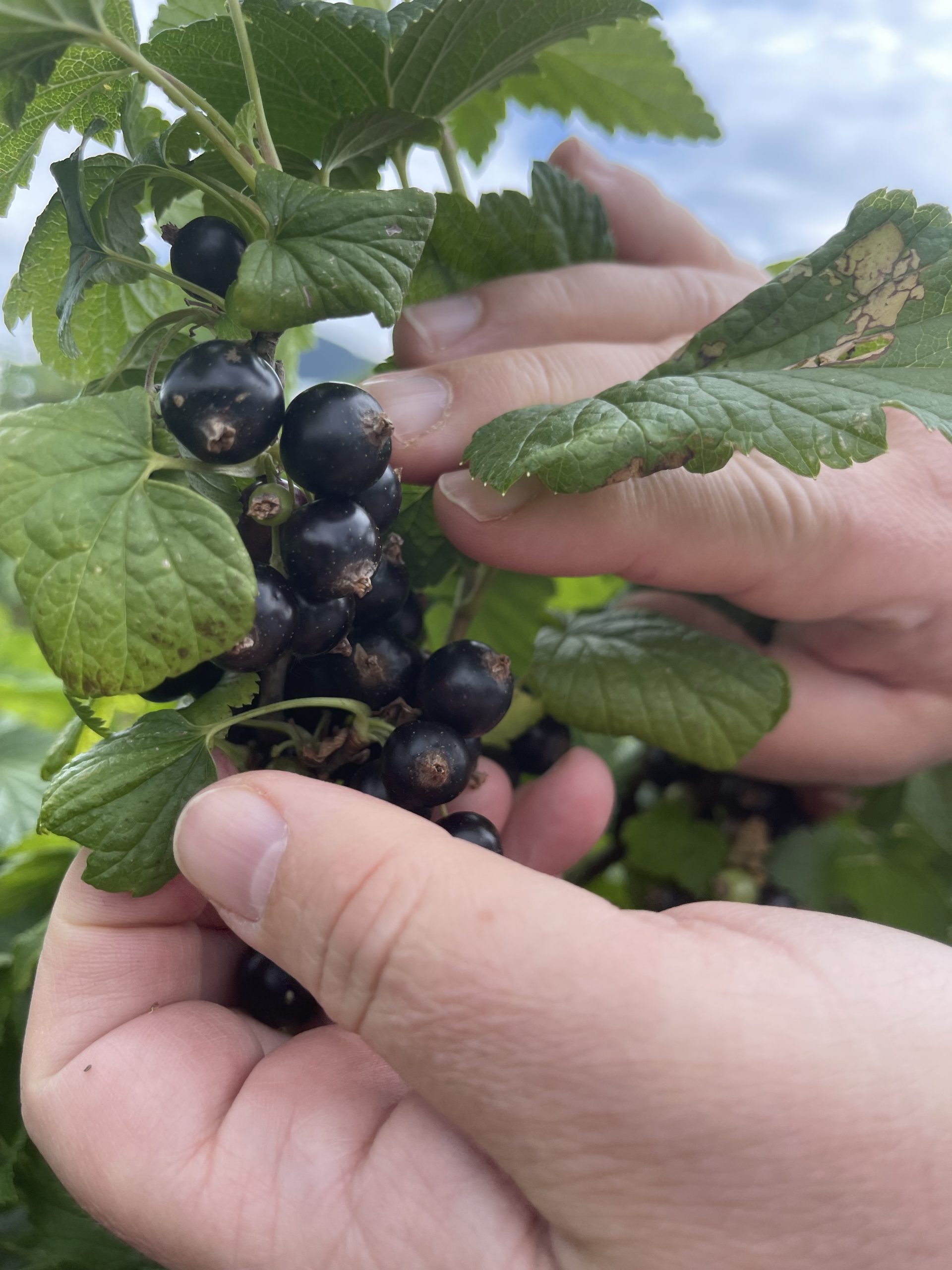


Leave a Reply